Discover 6 hidden attractions, cool sights, and unusual things to do in Tuscumbia (United States). Don't miss out on these must-see attractions: Alabama Music Hall of Fame, Ivy Green, and John Daniel Rather House. Also, be sure to include Felix Grundy Norman House in your itinerary.
Below, you can find the list of the most amazing places you should visit in Tuscumbia (Alabama).
Table of Contents
Alabama Music Hall of Fame
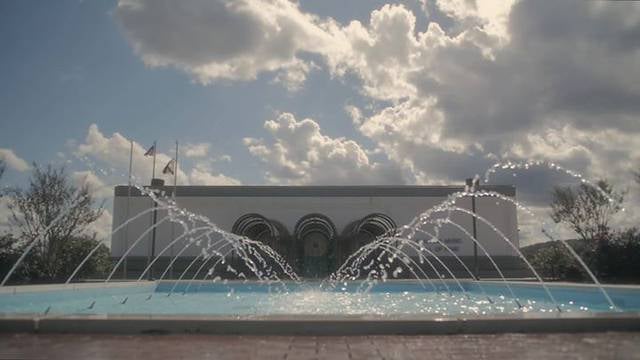
Hall of fame. The Alabama Music Hall of Fame, first conceived by the Muscle Shoals Music Association in the early 1980s, was created by the Alabama Music Hall of Fame Board, which then saw to its Phase One construction of a 12,500 sq ft facility after a statewide referendum in 1987. It currently stands in the town of Tuscumbia, Alabama.[1]
Address: 617 Highway 72 W, 35674-8711 Tuscumbia
Ivy Green
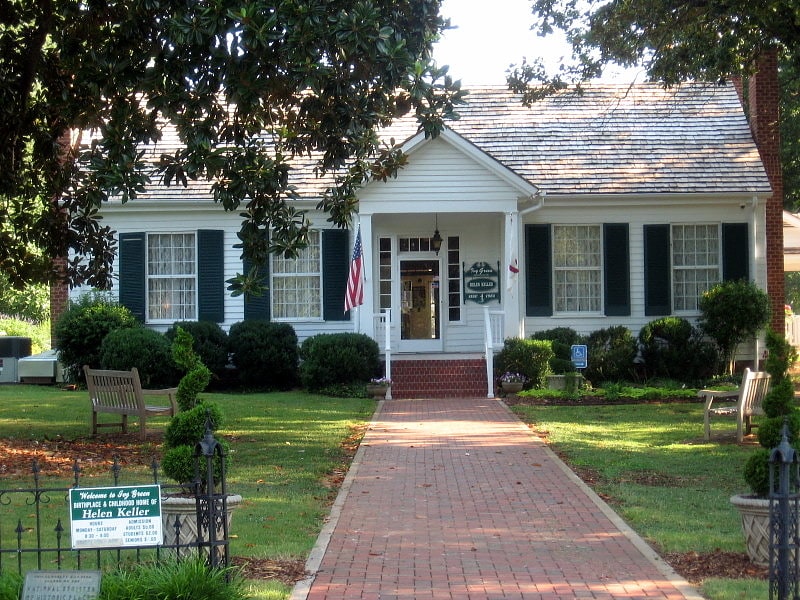
Historical place in Tuscumbia, Alabama. Ivy Green is a historic house museum at 300 West North Commons in Tuscumbia, Alabama, United States. Built in 1820, it was the birthplace and childhood home of Helen Keller, the famous deaf-blind author and speaker. A National Historic Landmark honoring Keller's life, it is now a museum open to the public.[2]
Address: 300 West North Commons, 35674 Tuscumbia
John Daniel Rather House

The John Daniel Rather House is a historic residence in Tuscumbia, Alabama. The house was built in 1823 by William H. and Catherine Winter, who came to The Shoals from Prince William County, Virginia. It was taken over by the Union Army during the Civil War and used as the headquarters of General Florence M. Cornyn. After the war, the house was purchased by John Taylor Rather, an early North Alabama settler who was deputy sheriff of Madison County, and a longtime member of the Alabama House of Representatives and later the Alabama Senate. His son, John Daniel Rather, also served in both houses of the state legislature, and was President of the Memphis and Charleston Railroad.
The house is built in Federal style, and is two stories with chimneys in each gable end. The white-painted brick is laid in Flemish bond on the west and south sides that face Cave and 7th Streets. All windows are two-over-two sashes, and the main entrance is a double leaf door with moulded trim and a transom. An Eastlake porch was later added to the front and north façades. The porch features elaborate panels with floral designs, brackets with acorn pendants, and turned, spool-shaped posts. Two original mantels remain, one Adamesque and one Federal, while two replacement mantels are Classical Revival and Victorian.
The house was listed on the Alabama Register of Landmarks and Heritage in 1978 and the National Register of Historic Places in 1982.[3]
Felix Grundy Norman House
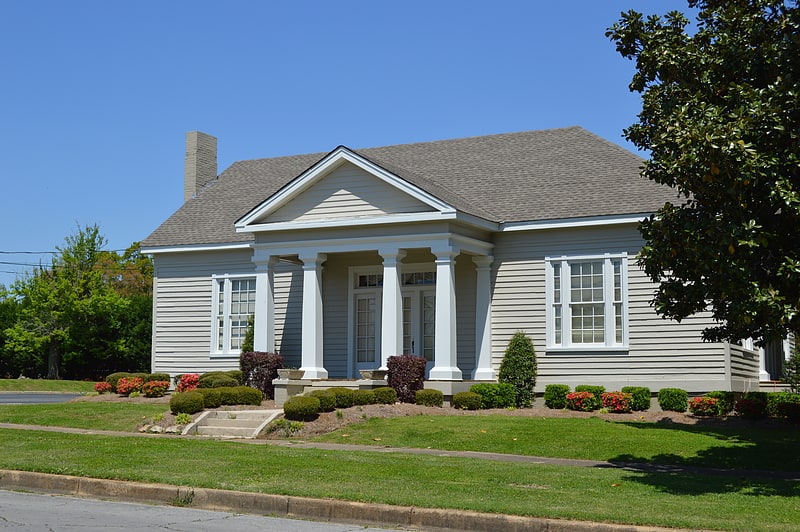
The Felix Grundy Norman House is a historic residence in Tuscumbia, Alabama. The house was built in 1851 by Felix Grundy Norman, a lawyer who also served as mayor of Tuscumbia and in the Alabama Legislature from 1841 to 1845 and 1847–48. Norman's father-in-law was the land agent for the sale of the Chickasaw lands, and his brother-in-law, Armistead Barton, built Barton Hall in nearby Cherokee, Alabama.
The house sits on the corner of Main and Second Street, and has two identical façades facing each street. Each face has a central pedimented portico supported by four Tuscan columns. Each portico is flanked by tri-part windows consisting of a nine-over-nine sash window bordered by narrow three-over-three sashes. The interior retains its Greek Revival woodwork and mantels.
The house was listed on the National Register of Historic Places in 1984.[4]
William Winston House
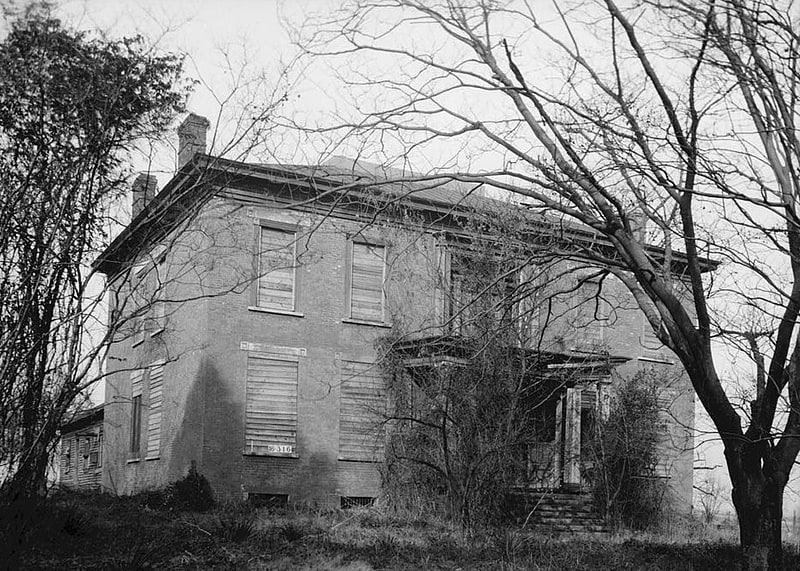
Historical landmark in Tuscumbia, Alabama. The William Winston House is a historic residence in Tuscumbia, Alabama. Construction was begun in the early 1800s by merchant Clark T. Barton and finished in 1824 by planter William Winston. Winston's son, John A. Winston, was Governor of Alabama from 1854 until 1857; Winston's daughter married another Governor, Robert B. Lindsay. The house remained in the family until 1948, when it was sold to the city, which constructed a new campus for Deshler High School around the house.
The two-story brick house has a hipped roof with two chimneys on each side. The brick on all sides is laid in Flemish bond. The five-bay façade features a single-height portico flanked by 2 non-original nine-over-nine windows on each floor. The portico is supported by four Tuscan columns, and covers a front door that is surrounded by a transom and sidelights. The deck above has a short balustrade, and the original French door has been replaced with a window with sidelights. The interior is laid out in a center-hall plan with two rooms on either side. A spiral staircase runs from the first floor all the way to the attic.
The house was listed on the National Register of Historic Places in 1982.[5]
Tuscumbia Historic District
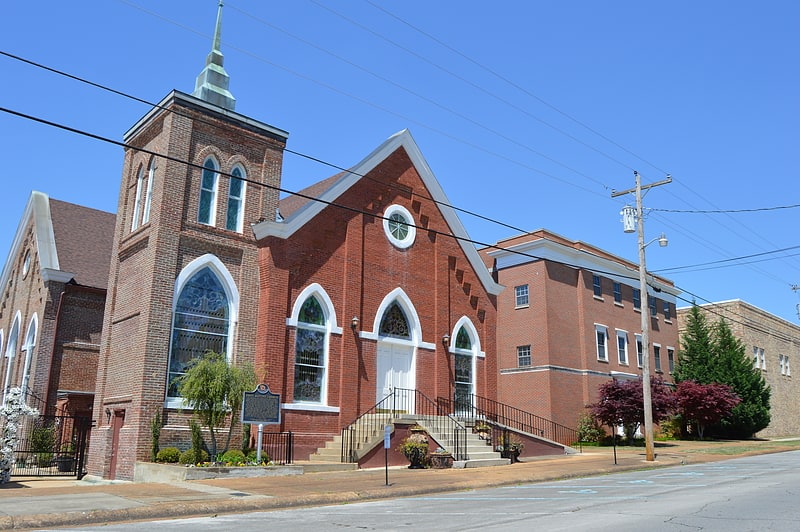
Historical place in Tuscumbia, Alabama. The Tuscumbia Historic District is a historic district in Tuscumbia, Alabama. The district contains 461 contributing properties and covers about 232 acres of the town's original area. The first white settlers in Tuscumbia built a village next to Big Spring, at the site of what is today Spring Park. Many settlers, many from Virginia and Maryland, began to emigrate to The Shoals in the 1820s and 1830s. The oldest houses in the district are Tidewater-type cottages, a style native to the Middle Atlantic. Also built during the town's early period are some of the oldest commercial buildings in Alabama, including the Morgan-Donilan Building and a seven-building block known as Commercial Row. The town's economy declined in the 1840s, when many farmers left seeking more fertile soil, through the Civil War and Reconstruction.
Recovery came in the 1880s and 1890s, driven by industrial development in neighboring Sheffield. The majority of commercial buildings date from the 1880s through the 1930s, while residential buildings of the period display styles such as Queen Anne, Folk Victorian, Bungalow, and Tudor Revival. Other notable buildings in the district include the Colbert County Courthouse, built in 1909; St. John's Episcopal Church, built in 1852 as one of the earliest Carpenter Gothic churches in Alabama; and Deshler Stadium, a Works Projects Administration project completed in 1941.
The district was listed on the National Register of Historic Places in 1985.[6]